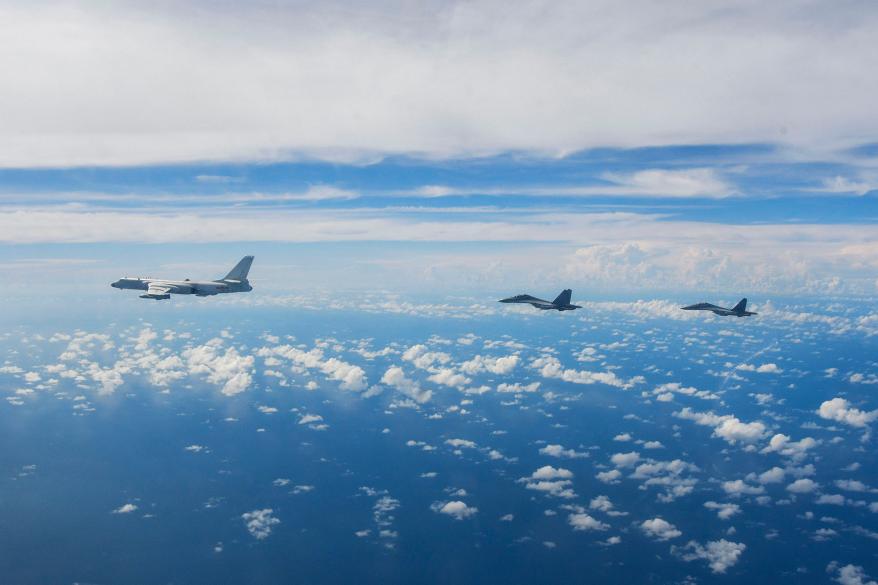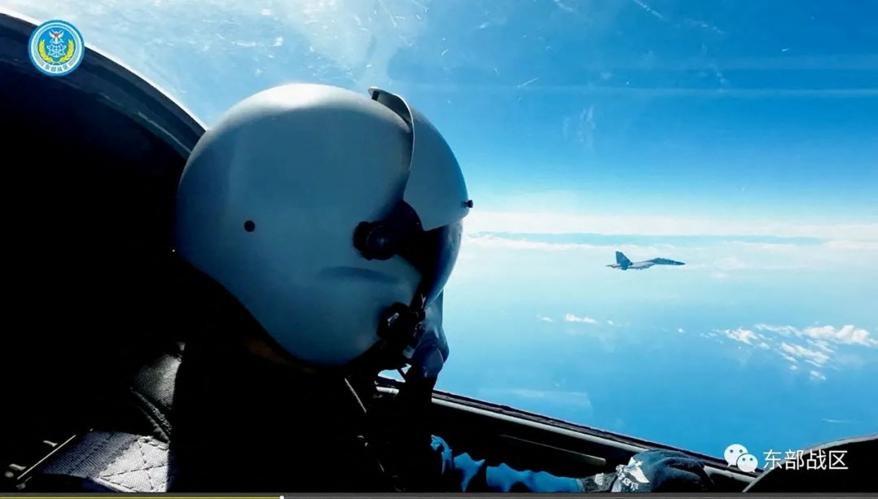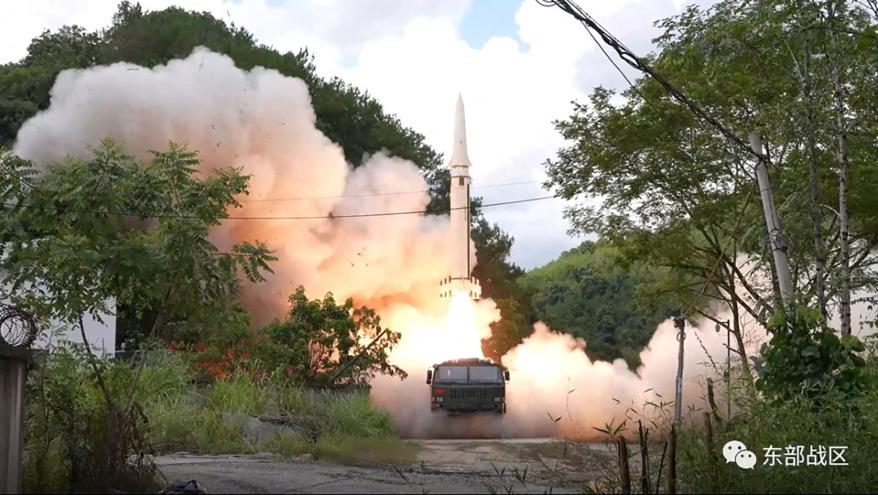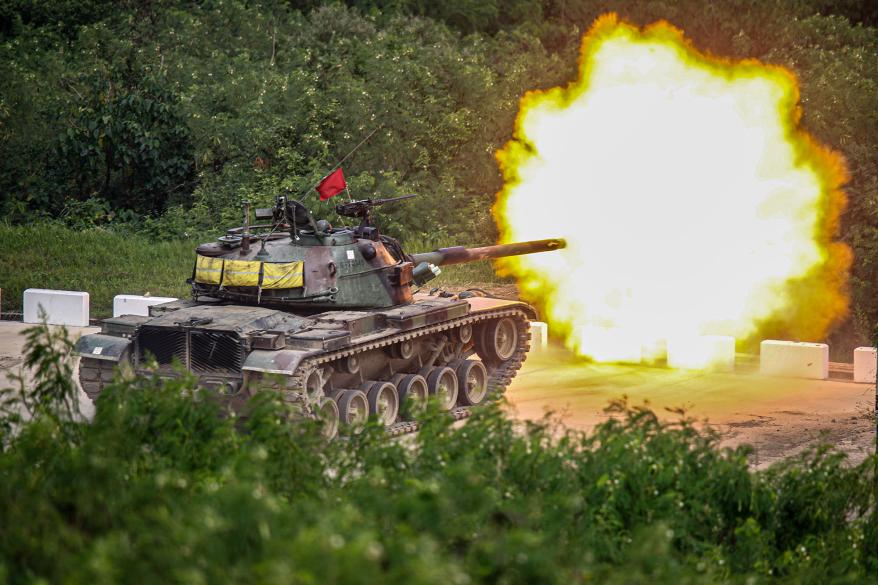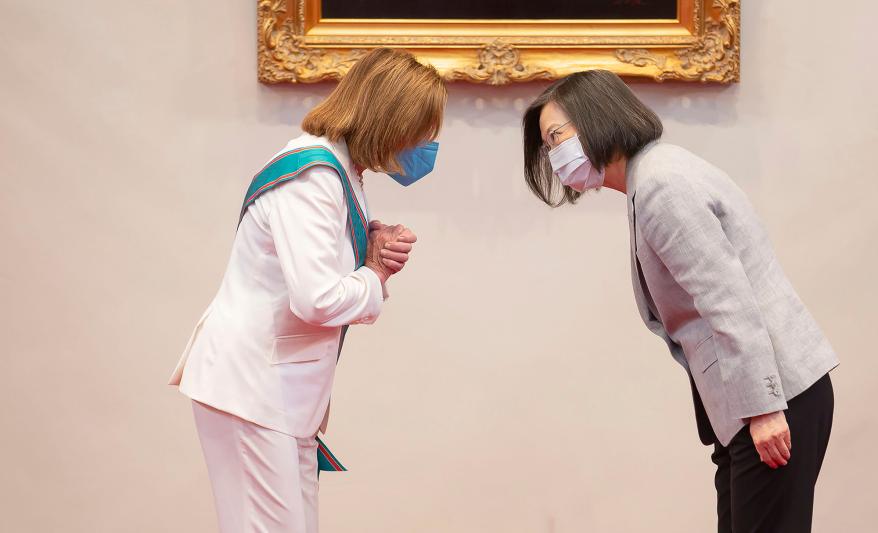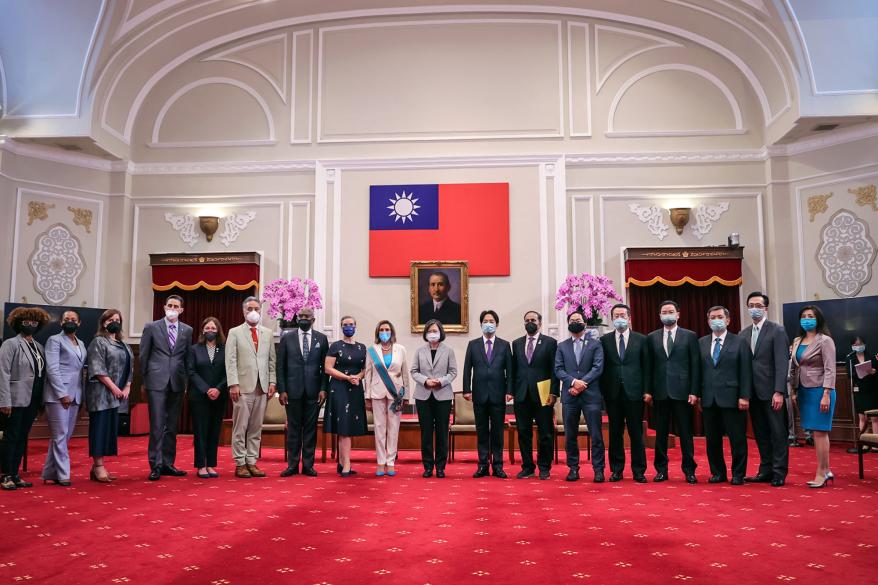China used Pelosi visit to step up military pressure on Taiwan: Pentagon
WASHINGTON — China capitalized on House Speaker Nancy Pelosi’s controversial visit to Taiwan in August, using it as an excuse to intensify military pressure on the self-governing island and advancing its goal of becoming a “world-class” force by 2027, a senior US defense official said Tuesday.
In the days and weeks following Pelosi’s Aug. 2 visit, China retaliated by blasting missiles over Taiwan and conducting intense military exercises in the waters surrounding the island.
Since then, Beijing’s military activity in the region has quieted, but is still at a higher level than before the California Democrat’s visit, the official said.
National security officials had cautioned Pelosi about making the journey, and President Biden said on July 20 that a visit to Taiwan was “not a good idea right now.”
Still, Pelosi went ahead with her visit in order to “honor America’s unwavering commitment to supporting Taiwan’s vibrant democracy,” according to a statement the House speaker made at the time.
Taiwan reunification
In 2021, China stepped up both incursions into Taiwan’s airspace and island-seizure exercises, according to the Pentagon’s new China Military Power report issued Tuesday. It also conducted about 135 ballistic missile tests — more than any other country in the world.
Published annually to update Congress on Beijing’s military advances, the report sheds light on China’s strategy, capabilities, weapons and technological development.
Chinese President Xi Jinping made reunification with the island China’s No. 1 goal in his Oct. 16 report to the 20th National Congress of the Chinese Communist Party, calling it necessary for the “rejuvenation of the Chinese nation.”
“Resolving the Taiwan question and realizing China’s complete reunification is, for the Party, a historic mission and an unshakable commitment,” Xi said in the report.
In the same document, Xi said a “peaceful reunification” with Taiwan is China’s best bet for achieving its goal — but added that Beijing will “never promise to renounce the use of force, and we reserve the option of taking all measures necessary.”
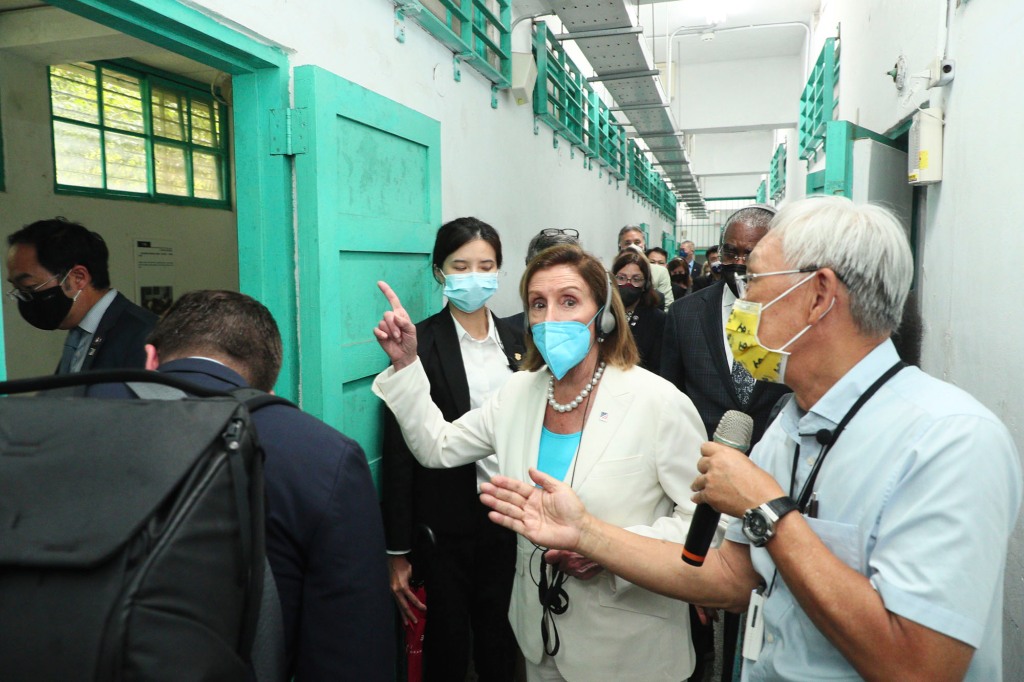
“Taiwan is China’s Taiwan,” Xi said. “Resolving the Taiwan question is a matter for the Chinese, a matter that must be resolved by the Chinese.”
Military advancements
Senior officials, including Biden himself, have said the US would come to Taiwan’s aid if China invades. Washington currently observes a so-called “One China” policy, which formally acknowledges Beijing’s claims to the island, but considers its sovereignty an open question.
China aims to build a military able to “fight and win wars” against a “strong enemy,” which is believed to be a euphemism for the US, according to Tuesday’s Pentagon report.
To back up that threat, Beijing is considering several ways to attack Taiwan, ranging from air and maritime blockades “to a full-scale amphibious invasion to seize and occupy some of its offshore islands or all of Taiwan.”
The Asian power is also doubling down on nuclear weapons development, pouring money into expanding its nuclear arsenal. As of this year, China is estimated to have about 400 nuclear warheads, up about 50 from a year ago.
The new report estimates China’s nuclear arsenal will grow to 1,500 warheads by 2035. By comparison, it’s estimated that Russia has 5,977 nuclear warheads, while the US has 5,428, according to the Federation of American Scientists.
China has also been advancing its ICBM programs — evidence of which was seen in the initial response to Pelosi’s Taiwan visit, when Beijing employed a never-before-seen projectile, US Pacific Fleet commander Adm. Samuel Paparo revealed earlier this month.
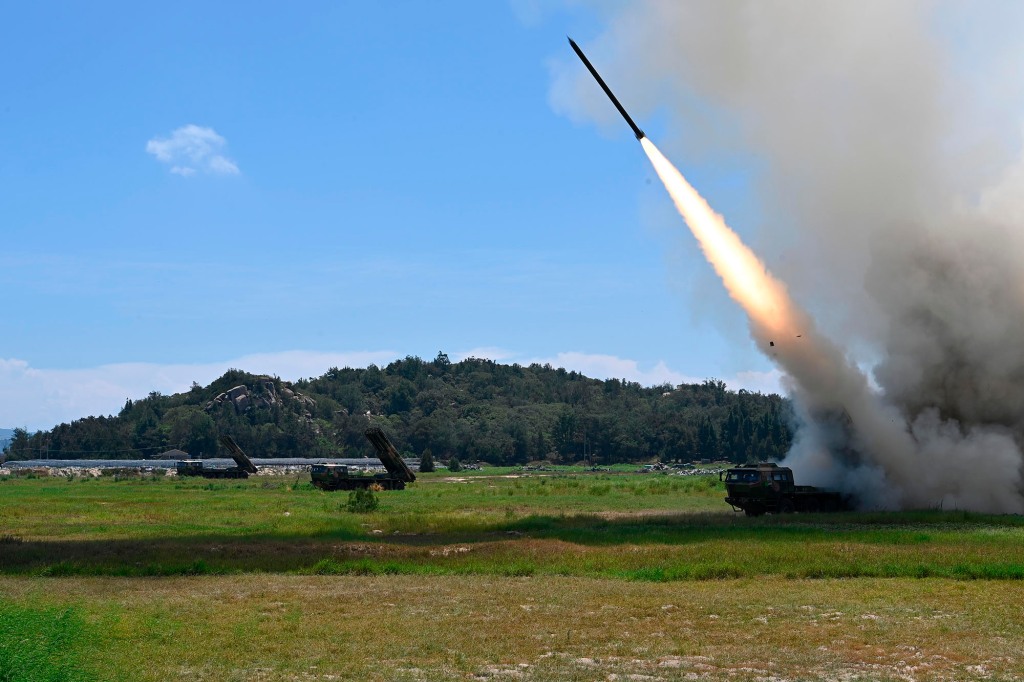
“We noted its trajectory and have taken stock of that, in terms of enriching our own already robust defenses against any anti-access area denial weapons that the [People’s Republic of China] can bring to bear,” Paparo told a conference of defense reporters and editors Nov. 18 in Washington.
Fallout
Pelosi’s visit also prompted China to cancel some diplomatic talks with the US through the end of the year, the official said, sabotaging efforts to ensure communications remain open between the countries — a dynamic that helps avoid potentially deadly miscalculations.
“We were obviously disappointed that the [Chinese military] canceled a lot of our engagements that we had on the calendar for the remainder of this year, as part of their response to Speaker Pelosi’s visit to Taiwan,” the official said. “[We] very much would like to see those get back on track for the coming year.”
“We have seen them sort of trying to set this new normal whereas [Taiwan] Strait [airspace] crossings have become increasingly sort of routinized,” the official added. “In contrast, those used to be something that [China] reserved for relatively rare occasions when they wanted to send sort of more of a political signal.”
Still, the official said he does not believe a Chinese invasion of Taiwan is “imminent,” though other Pentagon leaders — such as Chief of Naval Operations Adm. Mike Gilday — have said China could launch an assault on the island before 2027.
Despite Beijing’s advancements, Chairman of the Joint Chiefs of Staff Gen. Mark Milley said earlier this month a Taiwan invasion would be a “dangerous game” for Beijing given its military’s lack of fighting experience.
“For someone who has a military that hasn’t fought in combat since fighting the Vietnamese in 1979, they would be playing a very, very dangerous game to cross the [Taiwan] Strait and invade the island of Taiwan,” Milley said Nov. 16. “They don’t have the experience, the background to do it. They haven’t trained to it yet.”
Read the full article Here


